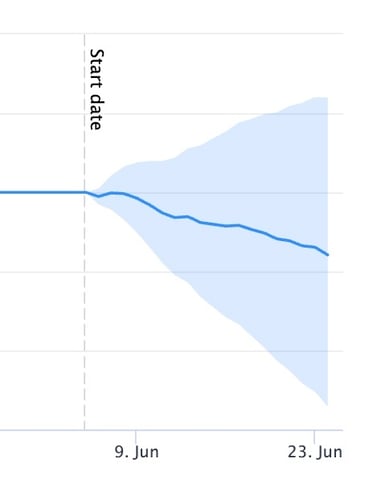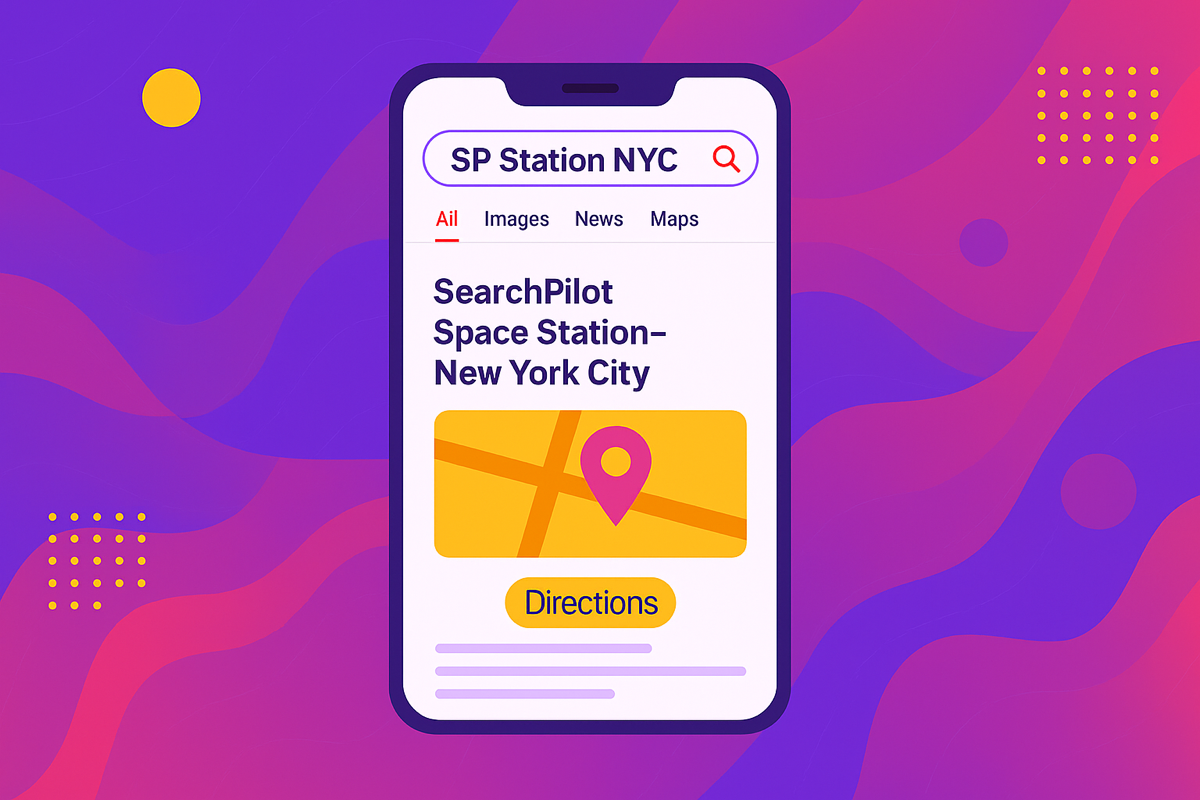Start here: how our SEO split tests work
If you aren't familiar with the fundamentals of how we run controlled SEO experiments that form the basis of all our case studies, then you might find it useful to start by reading the explanation at the end of this article before digesting the details of the case study below. If you'd like to get a new case study by email every two weeks, just enter your email address here.
In this week’s #SPQuiz, we asked our followers on LinkedIn and X/Twitter what they thought the impact was on organic traffic when an ecommerce customer tested adding extra keywords to their title tags.
Poll Results
42% of our followers believed that adding extra keywords in the title would not significantly affect organic traffic, whereas 38% thought it would reduce traffic, and 21% felt it would increase it.
The Case Study
Title tags remain one of the most important SEO elements, especially for large ecommerce sites with thousands of category and product listing pages (PLPs). A well-optimized title tag helps search engines understand the relevance of a page for key queries and can enhance visibility for high-intent searches.
In this case study, an ecommerce customer wanted to explore whether appending their top three target keywords to each PLP’s title tag could improve organic traffic. The customer provided a dataset of the top three keywords for each path, aiming to reinforce keyword relevance and capture more impressions for related queries.
We believed that adding these keywords would help the PLPs rank for additional long-tail queries, strengthen existing rankings, and ultimately drive more organic sessions.
What was changed
We updated each PLP’s title tag by appending the top three keywords identified in the customer’s dataset. For example, a title that previously read “Women's Dresses” might have been updated to “Women’s Dresses | Best Women’s Dresses, Dresses for Women, Stylish Women’s Dresses.”

Results

This test returned an inconclusive result at the 95% confidence interval. Due to this outcome, we cannot say with certainty whether the change had a meaningful impact on organic traffic.
One possible reason for this inconclusive result is that the keywords added were often very similar to each other and to terms already present in the original title tags. In some cases, this led to repetitive phrases, which could appear redundant to users and search engines. This similarity also increased the risk of the change being interpreted as keyword stuffing, offering little benefit in terms of ranking for truly new or underserved queries.
This test highlights an important lesson regarding title tags: more isn’t always better when it comes to keyword optimization. Adding similar or redundant keywords may not provide search engines with meaningful new signals and could even dilute relevance if the changes appear forced.
Continuous SEO testing like this helps prevent wasted effort, reduces risk, and ensures that optimizations deliver measurable value. Small tweaks to title tags can compound into significant traffic gains—but only when they’re strategic and driven by data.
To receive more insights from our testing, sign up for our case study mailing list, and please feel free to get in touch if you want to learn more about this test or our split testing platform more generally.
How our SEO split tests work
The most important thing to know is that our case studies are based on controlled experiments with control and variant pages:
- By detecting changes in performance of the variant pages compared to the control, we know that the measured effect was not caused by seasonality, sitewide changes, Google algorithm updates, competitor changes, or any other external impact.
- The statistical analysis compares the actual outcome to a forecast, and comes with a confidence interval so we know how certain we are the effect is real.
- We measure the impact on organic traffic in order to capture changes to rankings and/or changes to clickthrough rate (more here).
Read more about how SEO testing works or get a demo of the SearchPilot platform.




